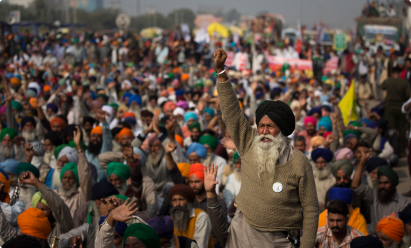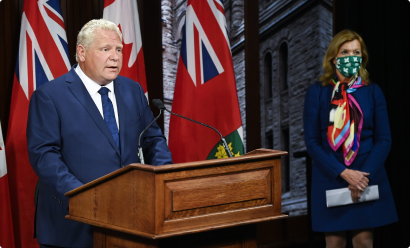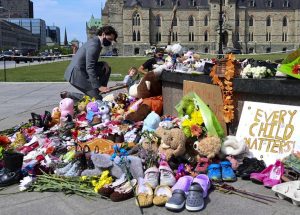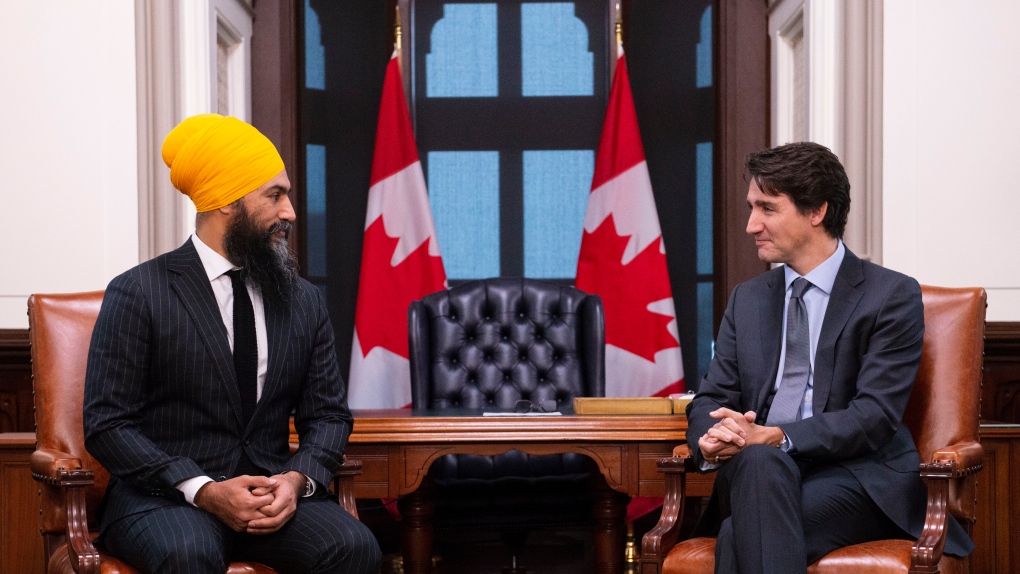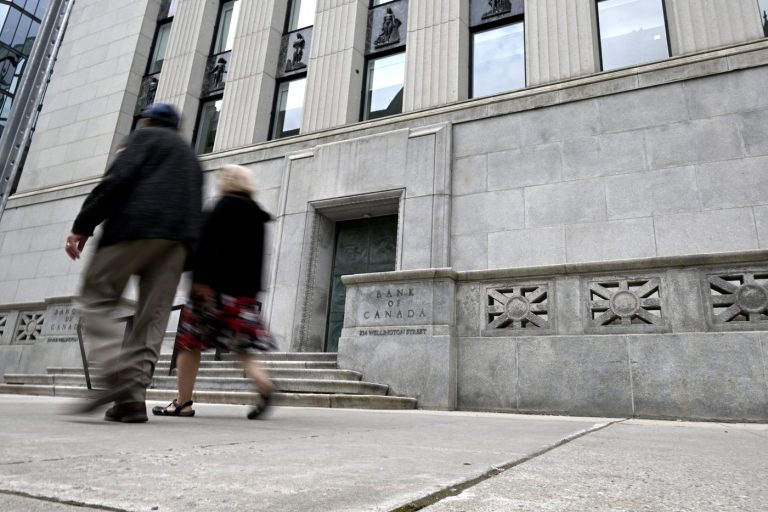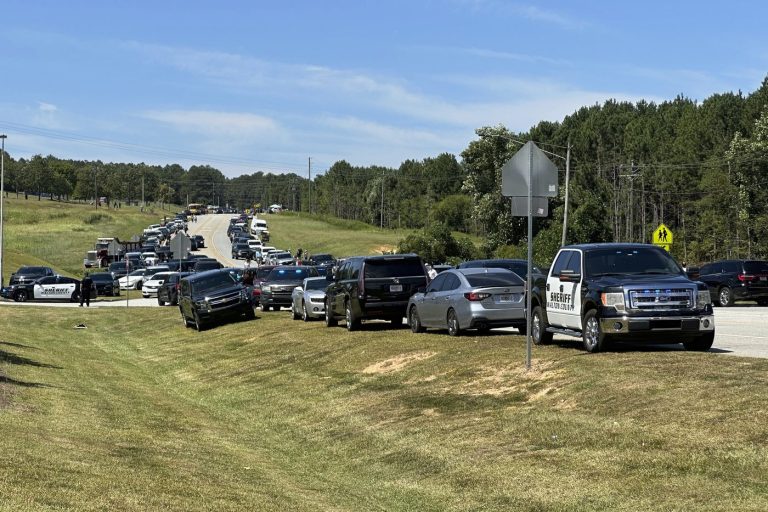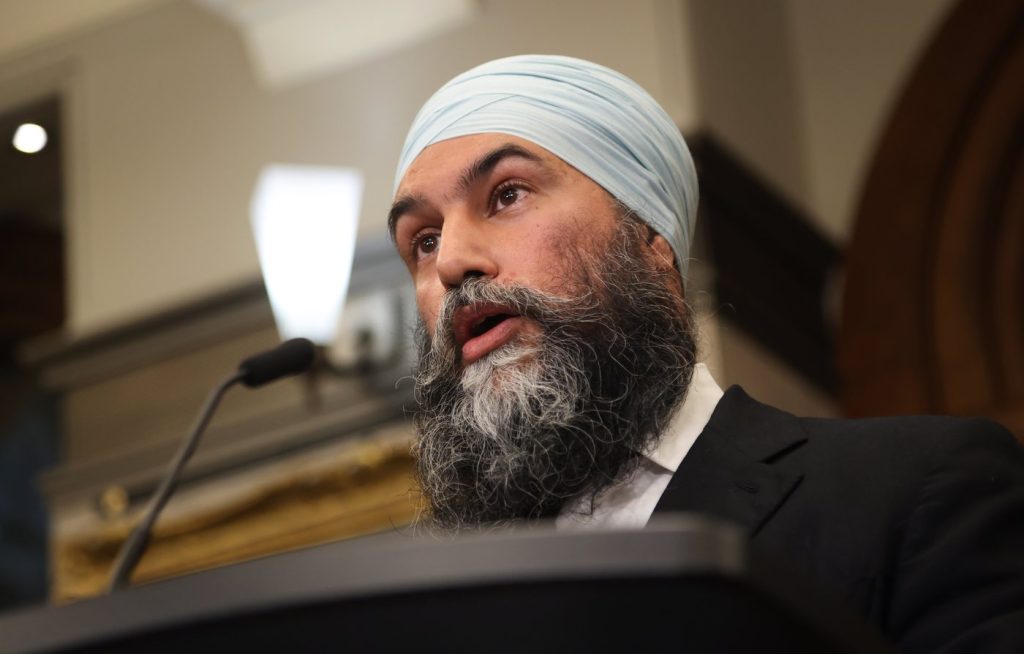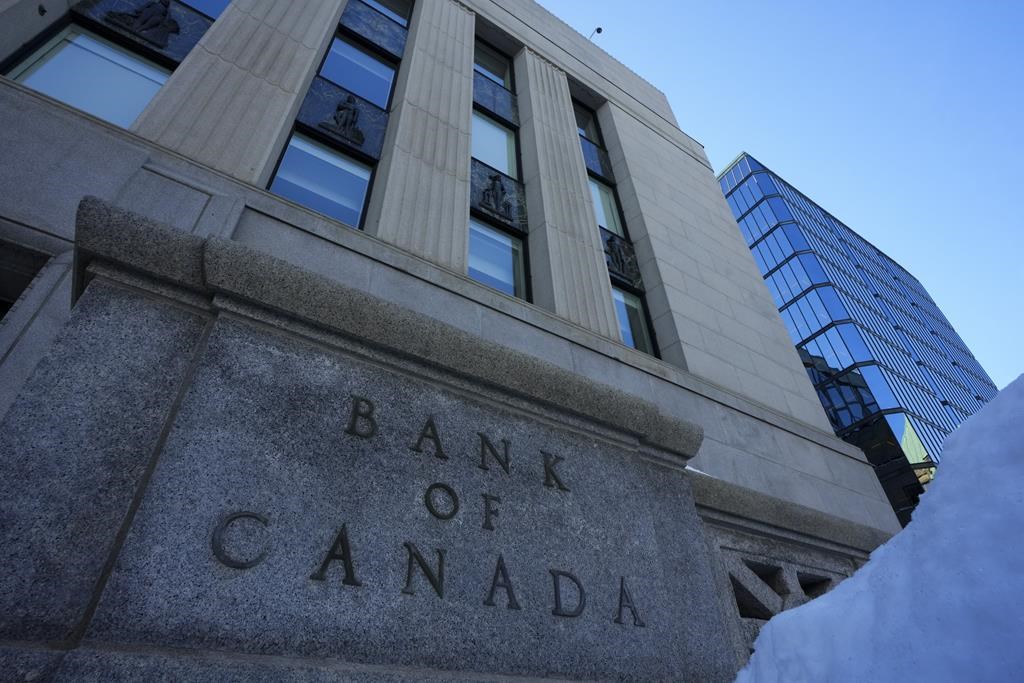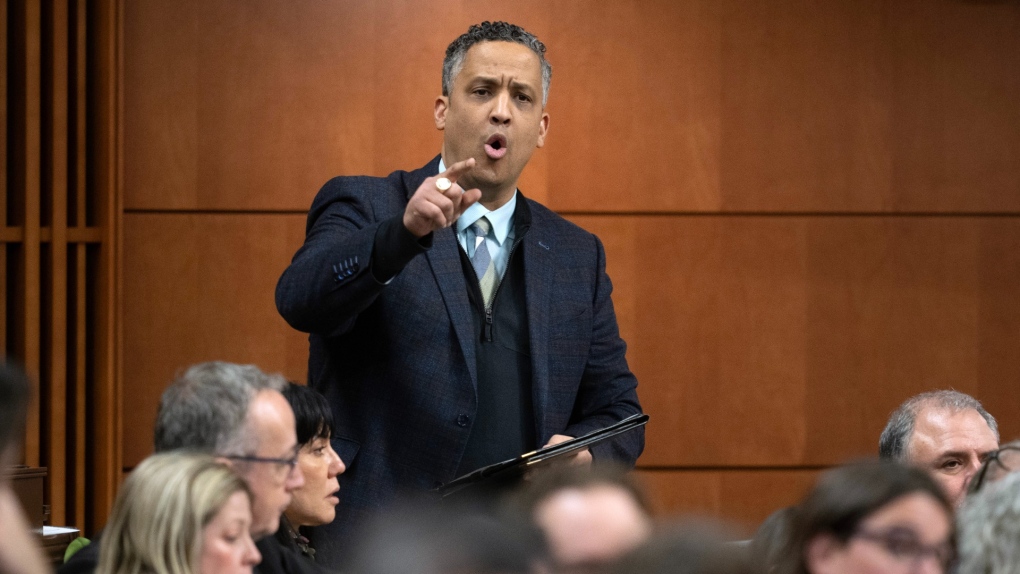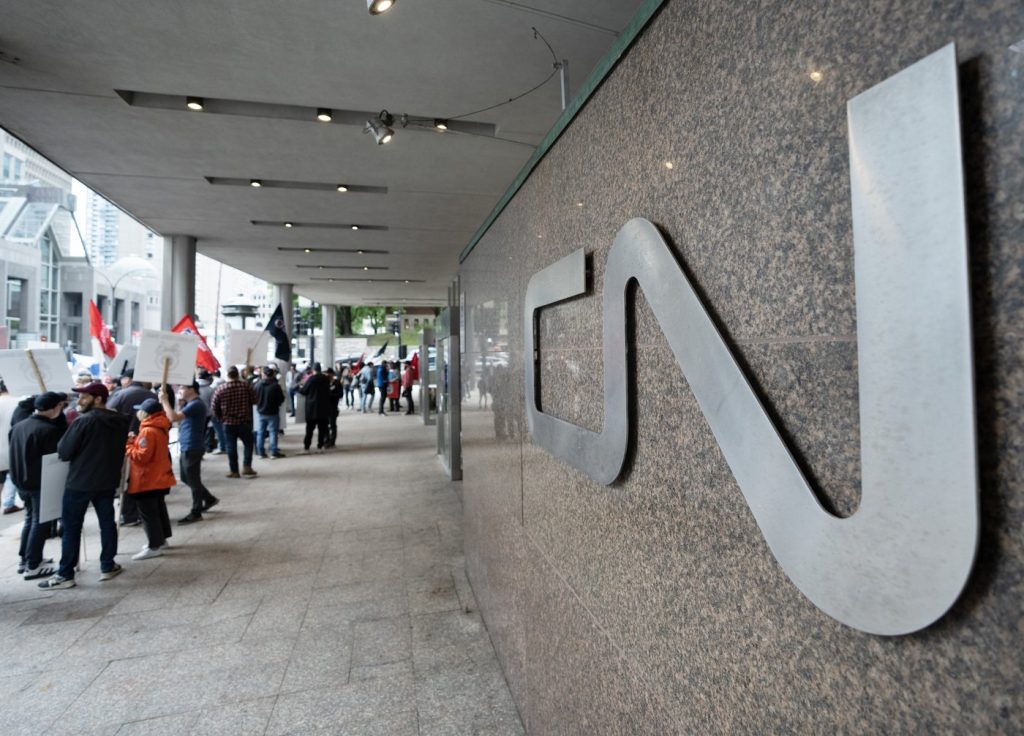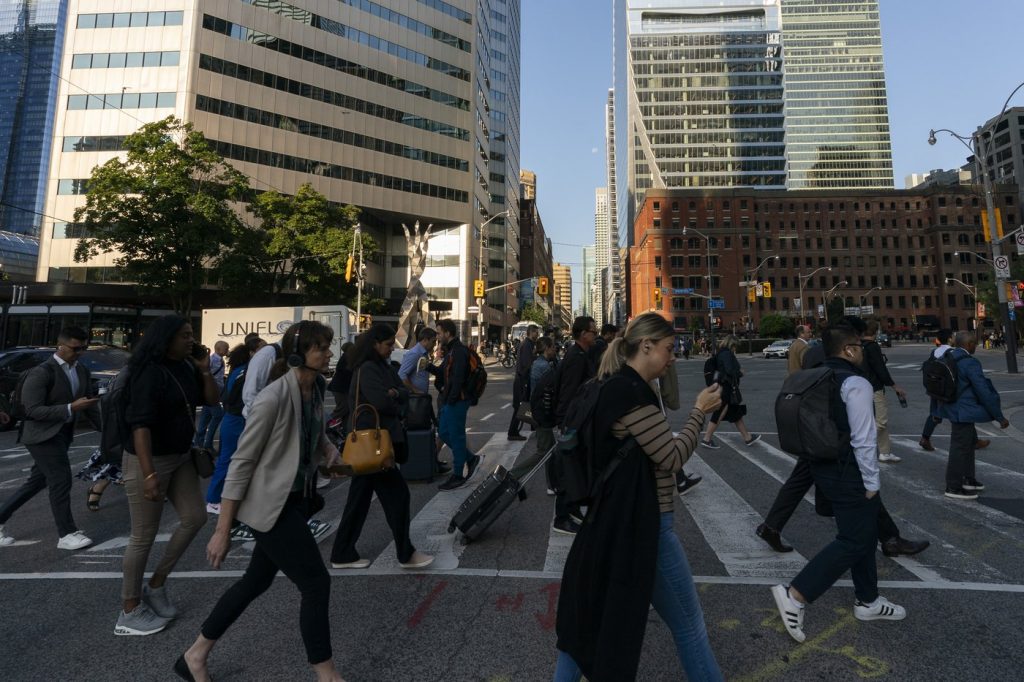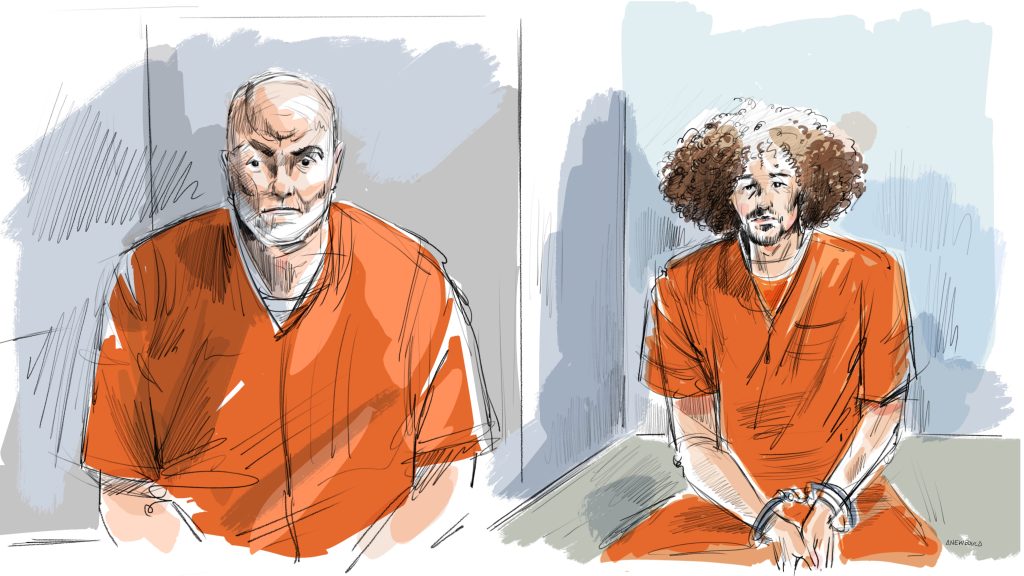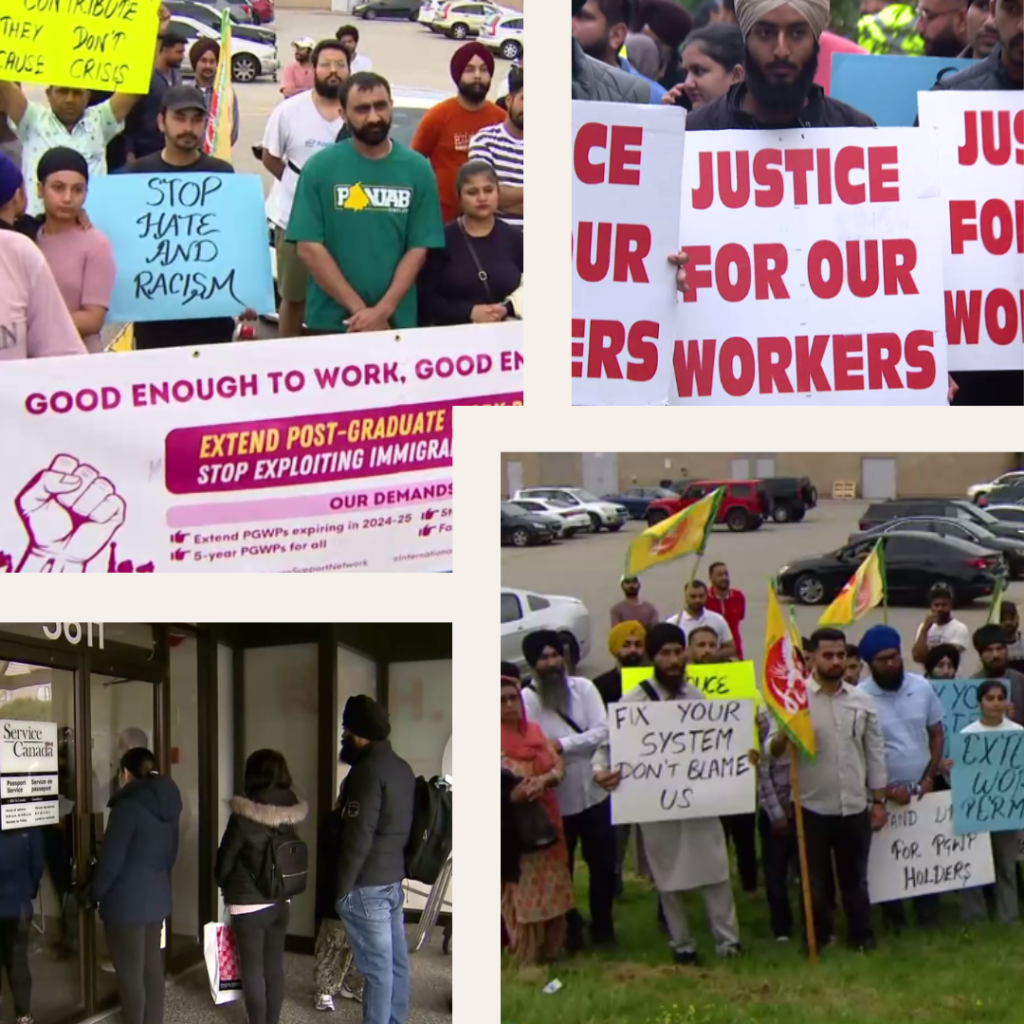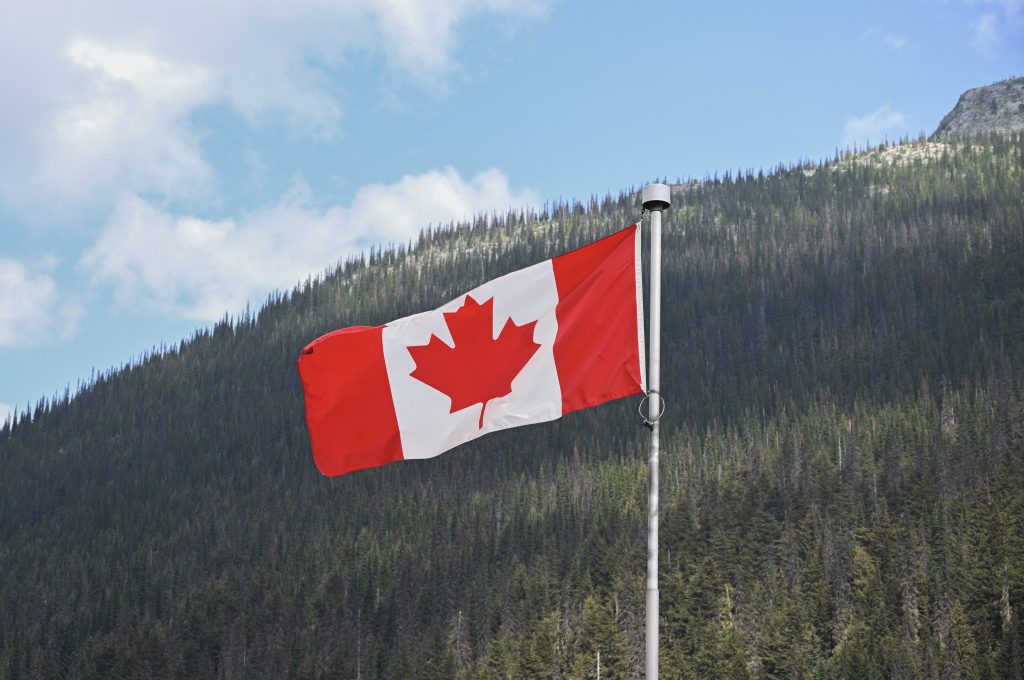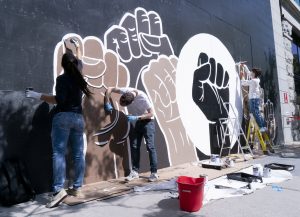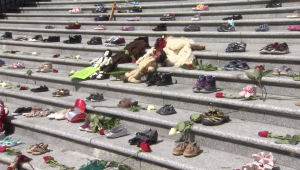
On May 28th, 2021, the remains of 215 children were found buried on the site of a former residential school in Kamloops, British Columbia. As Canada grieves the loss of these lives, immigrants across the country are being urged to educate themselves about what transpired inside these schools.
The establishment and operation of residential schools were deemed as one of the darkest periods in Canadian history. To understand the dilemma of indigenous children across Canada, it is essential for everyone living in Canada to educate themselves about residential schools and the impact they continue to have on Indigenous people.
What were residential schools?
In Canada, the term Indigenous peoples refers to First Nations, Métis and Inuit peoples. These are the original inhabitants of Canada.
In early 1870s, both the federal government and Plains Nations wanted to include schooling in treaties signed between the two. The Indigenous leaders who signed this treaty hoped “Euro-Canadian schooling would help their young to learn the skills of the newcomer society and help them make a successful transition to a world dominated by the strangers.” After which, the Canadian government passed an Act know as the Implementation of the Indian Act (1876).
The Indian Act clearly aimed to assimilate First Nations peoples into Euro-Canadian society. It also allowed the government to control most aspects of their life like land, resources and education. Between 1879 and 1996, over 150,000 First Nations, Métis and Inuit children were forcibly separated from their families and sent to residential schools designed to make them forget their language and culture, where many suffered abuse. Families who withheld their children or tried to remove them from these residential schools were either fined or imprisoned.
What were these schools like?
According to 19th century documents, the schools assured indigenous parents that their children would be kept “within the circle of civilized conditions” where they would get the “care of a mother.” However, what these children were subjected to was far from what they were promised.
The Mohawk Institute in Brantford, Ontario, was the first residential school to open its doors in 1831. The residential school system grew rapidly, and a total of 139 residential schools were set up in Canada.
As soon as students arrived in these residential schools, isolated from their families, they were stripped of traditional clothing and all cultural belongings. The children were told to wear new uniforms, had their hair cut off and were often given numbers or English names that replaced traditional ones. They were also separated from their siblings, as the schools were segregated according to gender.
“In order to educate the children properly, we must separate them from their families. Some people may say that this is hard. But, if we want to civilize them, we must do that,” said a federal cabinet minister in 1883.
School days started as early as 5 am, with a bell, and students were expected to dress and attend morning mass. After mass, they performed chores (usually referred to as “fatigue”) before breakfast. Breakfast was usually the same every day (milk and oatmeal), eaten quickly in the dining hall. This was followed by three hours of classes, and a period of work before breaking for lunch. The afternoon followed a similar pattern, with more chores before bed. Chores at many schools included maintaining the school and even sometimes farm work to feed the school, as these residential schools struggled with limited funding.
The schools did little to educate the children from Indigenous communities. Young children were at the disposal of teachers who were generally under-qualified, overworked and poorly paid. They would conduct classes in English and French, which most of the students did not understand. These children had to follow a strict regime every day and were excessively punished if they were caught speaking in their native language or mingling with their siblings.
On weekends there were no classes, which meant that more time was spent in chores and religious practices. Beginning in the 1960s the schools sent children home for holidays; before that, children spent several years away from their families and felt disconnected from them.
Abuse at residential schools
Residential school survivors often felt like they were in a prison, where abuse in all forms – mental, physical and even sexual ran rampant. Students were usually malnourished, not given weather-appropriate clothing, and were asked to do chores throughout the day.
Some of the staff were sexual predators, but when allegations of the abuse were brought forth by students, parents or a staff member, the government or church officials often responded by simply firing the perpetrator; at other times, they allowed the abuser to keep teaching at the same school. Many students tried to escape (such as 12 year-old Chanie Wenjack, who died after escaping from the Cecilia Jeffrey residential school, near Shoal Lake, Ontario); many others committed suicide, or attempted to set fire to some of these schools.
Death
“Children in these residential schools, die at a much higher rate than in their villages. But, this does not justify a change in the policy of this department, which is geared towards a final solution to our Indian problem,” Canada’s assimilationist in chief, Duncan Campbell Scott, deputy superintendent of the department of Indian affairs from 1913 to 1932.
The Truth and Reconciliation Commission identified 3,200 deaths of indigenous children in residential schools. According to the report, many children died from infectious diseases like influenza and tuberculosis, fires in school buildings, suicide, drowning, and other causes, some accidental.
Healing and Reconciliation
Parents and students from Indigenous communities protested to put an end to these harsh and oppressive schools as they were causing tremendous emotional and psychological problems, demanding the church and government acknowledge their role in these schools and provide a compensation for those suffering with long term implications. The last residential school didn’t close until 1996. In 2005, the federal government established a $1.9 billion compensation fund for the survivors of abuse at residential schools. In 2007, the federal government and the churches that had operated the schools agreed to provide financial compensation to former students under the Residential Schools Settlement Agreement.

On 11 June 2008, Prime Minister Stephen Harper, on behalf of the Government of Canada, gave a formal public apology to all former students of residential schools in Canada. The apology openly recognized that the assimilation policy on which the schools were established was “wrong, has caused great harm, and has no place in our country.” The apology also stated the damaging and lasting impact the schools had on Indigenous culture, heritage and language.
The Truth and Reconciliation Commission of Canada (TRC) was officially launched in 2008 as part of the Indian Residential Schools Settlement Agreement (IRSSA). Intended to be a process that would guide Canadians through the difficult discovery of the facts behind the residential school system, the TRC was also meant to lay the foundation for lasting reconciliation across Canada. In December 2015, the TRC released its full report releases its final report “Honouring the Truth, Reconciling for the Future”, with 94 recommendations.
On 30 September 2019, the names of 2800 children who died in residential schools in Canada were released by the TRC and were displayed on a huge 47-metre long, blood-red cloth banner. Tia-o-qui-aht First Nation Elder Dr. Barney Williams, a residential school survivor and member of the Indian Residential School Survivor Committee believes that the ceremony was important to ensure that the children who died are not forgotten.
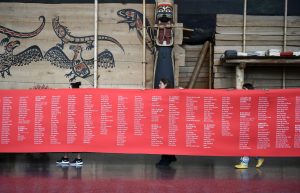
The attempted assimilation of Indigenous students that was deemed as a cultural genocide left several indigenous communities disoriented and insecure, disconnected with their family and caught in between two cultures.
(Support is available for anyone affected by the lingering effects of residential schools, and those who are triggered by the latest reports. The Indian Residential School Survivors Society (IRSSS) can be contacted toll-free at 1-800-721-0066. A national Indian Residential School Crisis Line has been set up to provide support for former students and those affected. Access emotional and crisis referral services by calling the 24-hour national crisis line: 1-866-925-4419.)
